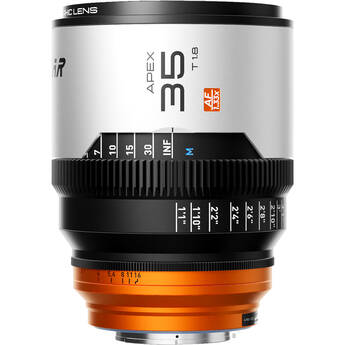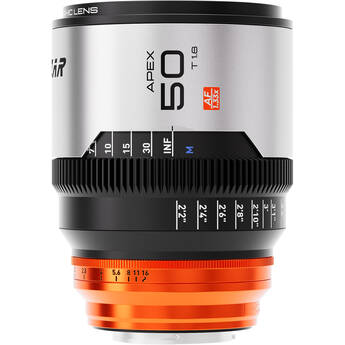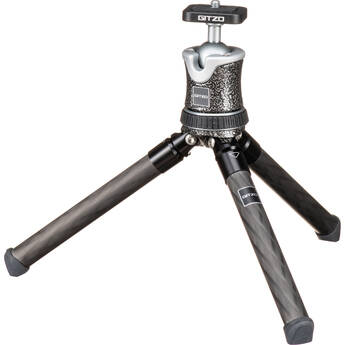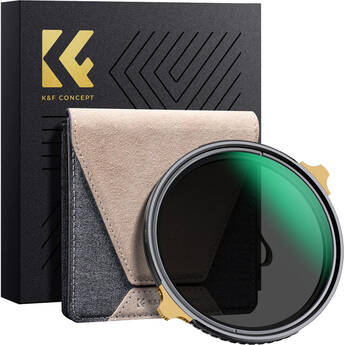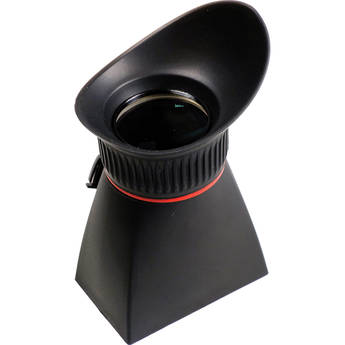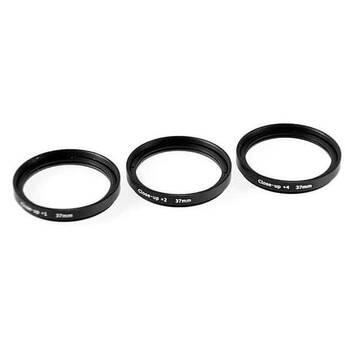BLAZAR APEX 35mm and 50mm Autofocus Anamorphic Lenses Review With Sample Footage – Great Quality for the Price
Restriction-free music courtesy of Epidemic Sound. Sign up here: Epidemic
Earlier this year, BLAZAR (formally known as Great Joy) announced their plan to bring 35mm and 50mm autofocus 1.33x anamorphic lenses to the market. Luckily, we got our hands on early pre-production samples to test them in the field. So how do these lenses perform, and are they of good value for your hard-earned money? Do these first-ever autofocus 1.33x squeeze anamorphic lenses have the look of 1.5x? Keep reading to find out, and hopefully, this review and sample footage will help you decide.
Some weekends ago, I was away from home attending Sony’s Kando event in the Austrian Alps. You may ask, what does a Sony event have to do with BLAZAR APEX 1.33x autofocus anamorphic lenses? Well, the lenses we got to test are E-mount, so the invitation to this happening couldn’t have come at a better time. Before concentrating on these interesting lenses, a few words about the Kando event itself.
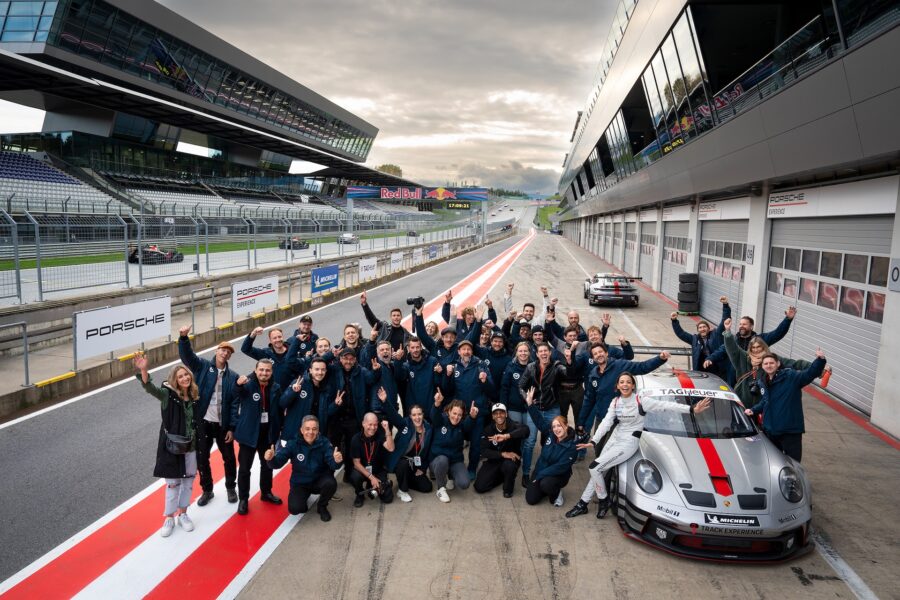
“Kando”
“Kando” is a Japanese word that means ’emotional involvement’ or ‘deep impression’. The gathering in the Austrian Alps reflects this meaning well, uniting creators to foster enjoyment and inspire creativity. These Kando events are global and usually exclusive to selected photographers and filmmakers who are working closely with Sony. This specific Kando event I attended on behalf of CineD was open to Sony ambassadors, imaging creators, photographers, and selected media. I have to mention that I seldom attend an event where the participants have ZERO ego. Friendliness and ambition to learn were very noticeable. The dedicated, knowledgeable Sony staff managed to put on an impressive event and bring together EXTREMELY talented Austrian and Swiss creators. This three-day event was translated into astonishing stills and short videos. (Watch this space for a link summarizing the Sony Kando event).
I was also astonished to see the endless Sony cameras and lenses that the attendees were offered to work with. I chose the Sony FX30 for filming this weekend for numerous reasons. One was that the BLAZAR AF anamorphic lenses are suitable for APS-C sensors, and the other was the ability to (theoretically) de-squeeze the anamorphic image in the camera (more on this little fiasco later). Last but not least, the Sony FX30 is a nice little camera, and it was a good opportunity to bring it to the center of attention again.
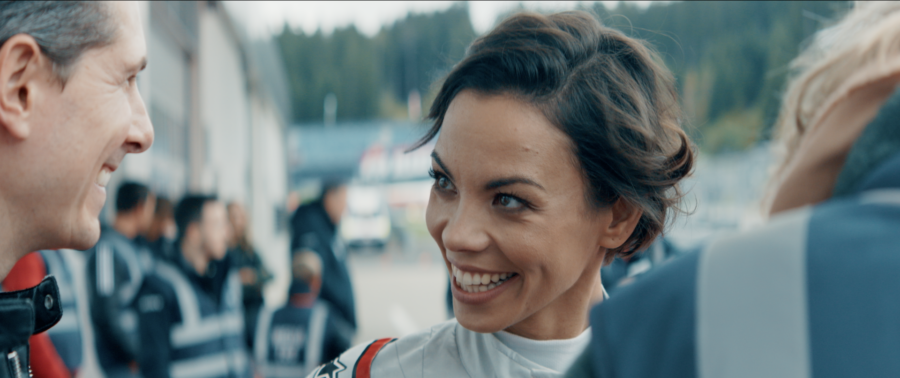
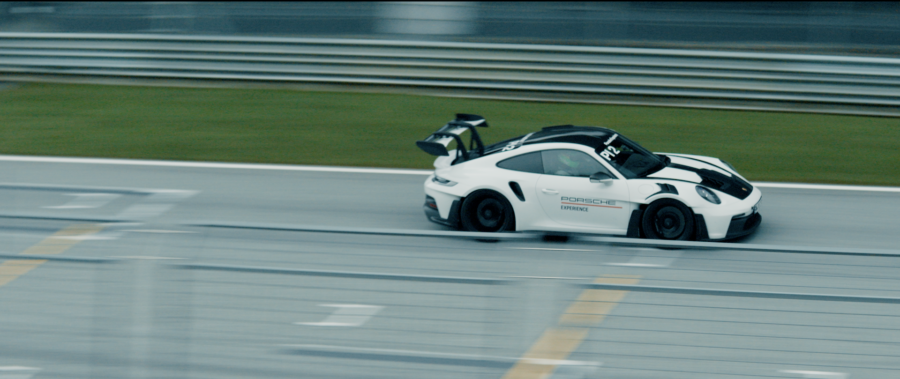
Sony FX30 – an underrated gem
In September 2022, when the FX30 was announced, I had a friendly conversation with Kosuke-san, the product planner for this camera. Even then, we recognized that the FX30’s main competitor could very well be Sony’s own FX3…. Both cameras look identical, but the FX30 features an APS-C sensor, whereas the FX3 has a full-frame sensor. Somehow, as the market shifted to larger sensors, the FX3 became a user’s favorite camera while the FX30 seemed to be left in the shadows. In this regard, I was very happy to work with it again and be reminded of just how capable this camera is, especially when it comes to picture quality and high frame rate recording. The “Cine Line” badge on this camera makes it the most affordable product in that family ($1,798), bringing 4K recording resolution up to 120 fps. (The last firmware update brought a true 24p next to shutter angle to this camera, which was very helpful, too).
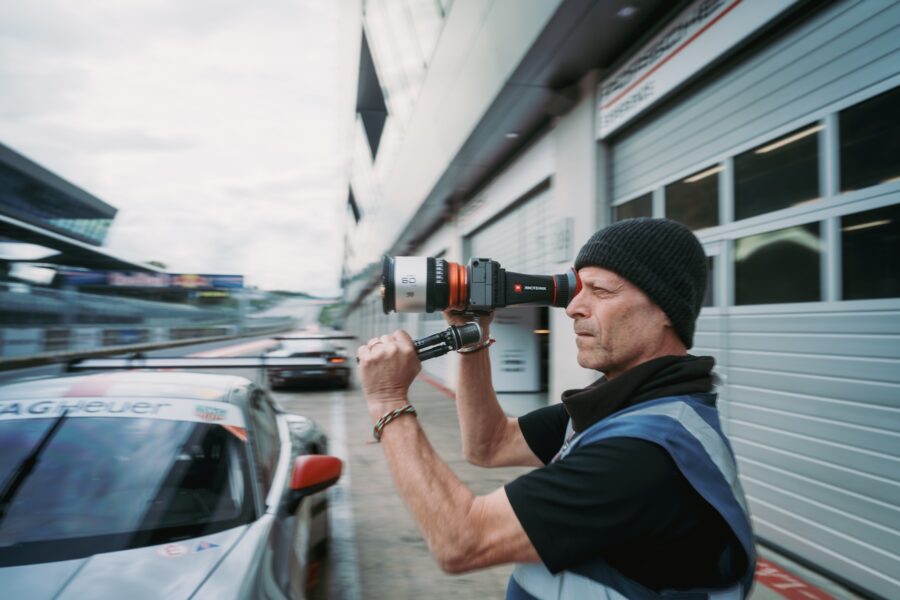
Back to my roots
For those who have been following my work, you know how much I like to approach filming in the most simple way possible. The fewer accessories, the better. I always try to make the camera as much a “part of my body” as I can so it is easy for me to work with it. This is why I prefer to work with cameras that have a built-in EVF and not use external monitors, for example. An EVF helps me to judge exposure easily and supplies an essential additional point of camera support (old fashioned or not?)…
This brings me back to the FX30. Unfortunately, both the FX30 and FX3 do not have a built-in EVF, and while for many, it is not an issue, for me, it is. To “combat” the absence of an EVF, I dug an old Kinotechnik LCDVF viewfinder from our attic and fitted it to work on the Sony FX30. (This one can be fitted with diopters, which is perfect for people who wear glasses or contact lenses). The results were very satisfying, although I was not able to swipe the LCD screen anymore (there was too much gaffer tape to secure the LCDVF frame on as I did not have a viewfinder spare frame with “fresh glue”).
Anyway, when this was done, my head was free to check how well the APEX anamorphic lenses behaved on the FX30. Although these are early sample lenses, both the 35mm and 50mm 1.33x adjusted well, and autofocusing with them was pretty much a breeze. The thing is that when attaching an anamorphic lens to the FX30 (or FX3) and setting the menu to de-squeeze the image, the following occurred:
- You lose any autofocus functionality
- You lose any SteadyShot capabilities
With this in mind, of course, I had to give up my plan to de-squeeze the image in the camera and leave it “as is” so that I had full autofocus and SteadyShot functionality.
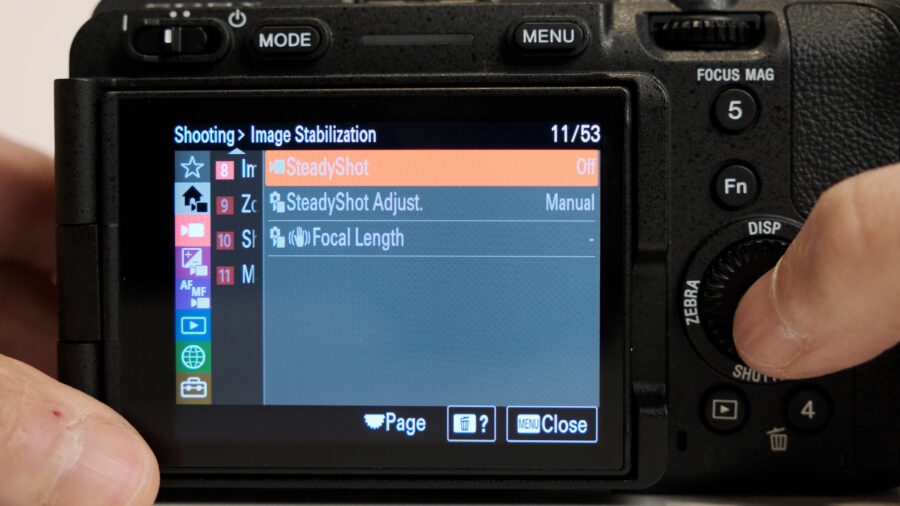
Two other notes before concluding the Sony FX30 part of my review:
- There are only two in-camera de-squeeze options, 1.33x and 2.0x. It would be nice if Sony could consider adding additional de-squeeze options like 1.5x, 1.6x, and 1.8x to start with.
- This is a matter of ergonomics, but having the “multi selector” button on top of the camera and not where the thumb is was challenging, especially when trying to navigate where I want my focus point to be.
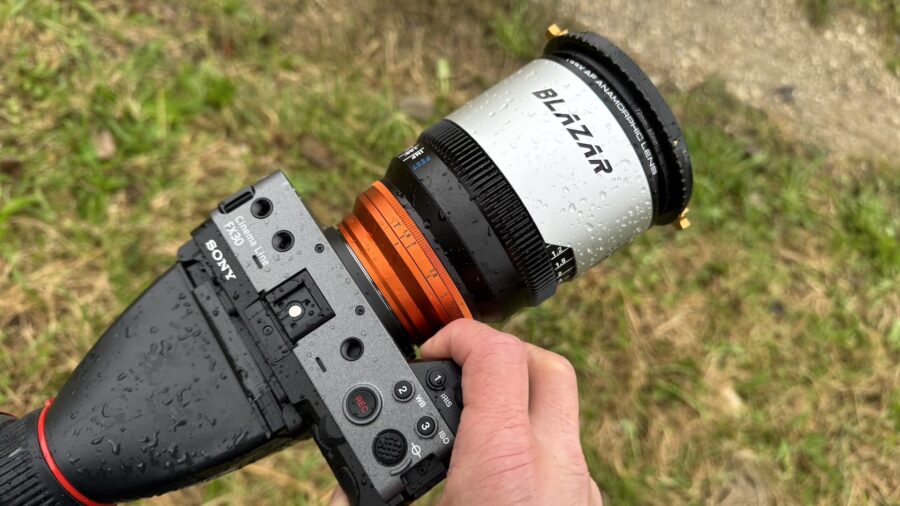
BLAZAR APEX 1.33x lenses
As I stated before, the samples we have at the office are pre-production units, and as such, things can change by the time they’re released. Moreover, these lens samples had slight mechanical issues that will be fixed before release.
The first thing I want to highlight is the possibilities that autofocus in anamorphic lenses are offering to many types of users. For example, photographers who are looking to capture still images that are a bit different than the ones they usually produce will feel right at home with the autofocus functionality of such a lens. And I don’t want to say “we,” but for me as a solo shooter, solid autofocus in general and particularly in an anamorphic lens is a “game-changer” feature. Top this with the optical quality of the lens, and you have a true winner. I have to warn you that while the images don’t feature extreme flares or intense distortion, you will notice natural flares that vary depending on the angle of the light source, along with a subtle bokeh effect.
The overall feeling when looking at the image is that the squeeze ratio is greater than 1.33x. “How much greater?” you might ask. Well, I will let you guys decide. Overall, these lenses are very balanced, in my opinion, and the result is pleasant imagery that uses the full 16×9 sensor size. (Can we now say goodbye to masking images on top and bottom with black bars when using spherical lenses and throwing away data?)
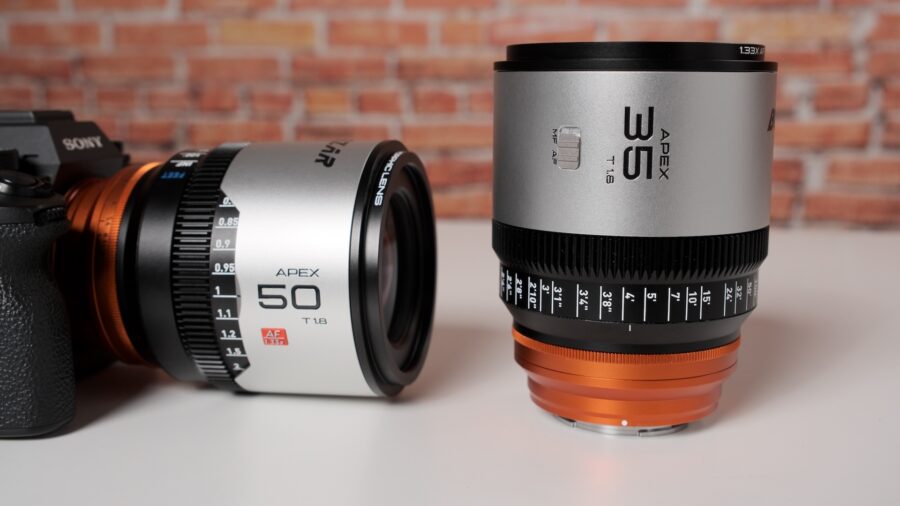
A bit more in-depth
BLAZAR does not create anamorphic lenses with pincushion distortion but rather concentrates on producing lenses with barrel distortion only. Personally, I prefer that method for image aesthetics, allowing lines to distort outward from the center rather than inward.
What else do we have here?
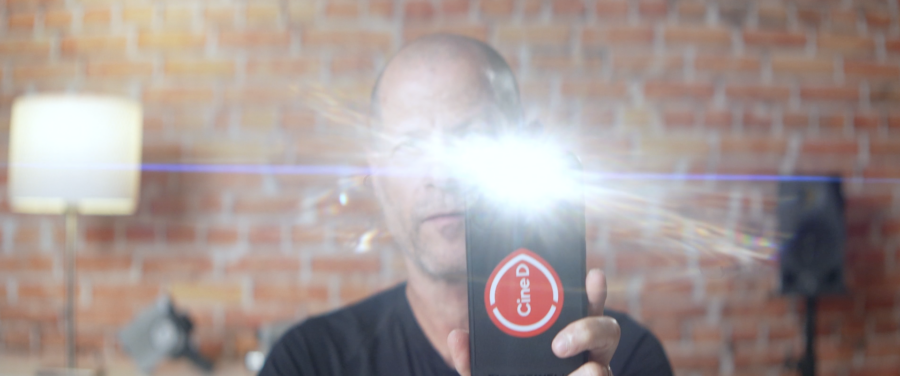
Flares: These are very modest. Nothing is being “thrown in your face.” Also, the flare color is neutral (silver), meaning the lens will take the color of the light aimed at it. As a side note, it is not that I was trying hard to “flare the lens.” I shot “normally,” intending to compose the frame the way I like it rather than looking for lights that would create streaks.

APEX 35mm Bokeh. Credit: CineD 
APEX 50mm Bokeh.Credit: CineD
Bokeh: I find the bokeh shape to be pleasant with a narrow oval shape. Further testing might be needed against a larger amount of lights in the background.

APEX 35mm T1.8 
APEX 35mm T2.8 
APEX 35mm T4.0

APEX 50mm T1.8 
APEX 50mm T2.8 
APEX 50mm T4.0
Sharpness: The center of both lenses is insanely sharp. When looking at the edges, like with other lenses, it all depends on the T stop you are working with. As expected, at T1.8, the edges are quite soft, but by stopping down to around T2.8, you’re already on “safer ground.” I find T.4 to be the best for balancing edge-to-edge sharper images across the frame.
Focus breathing: Well maintained!
Minimum focus: It seems as if diopters for closer, more casual shots might not be needed as the minimum focus distance of the 35mm lens is 0.56cm (1.1”). For the 50mm lens, we measured 0.65cm (2.2”).
It is worth noting that both lenses have metric and imperial distance readings on them. Also, both lenses have a USB-C terminal for future firmware updates.
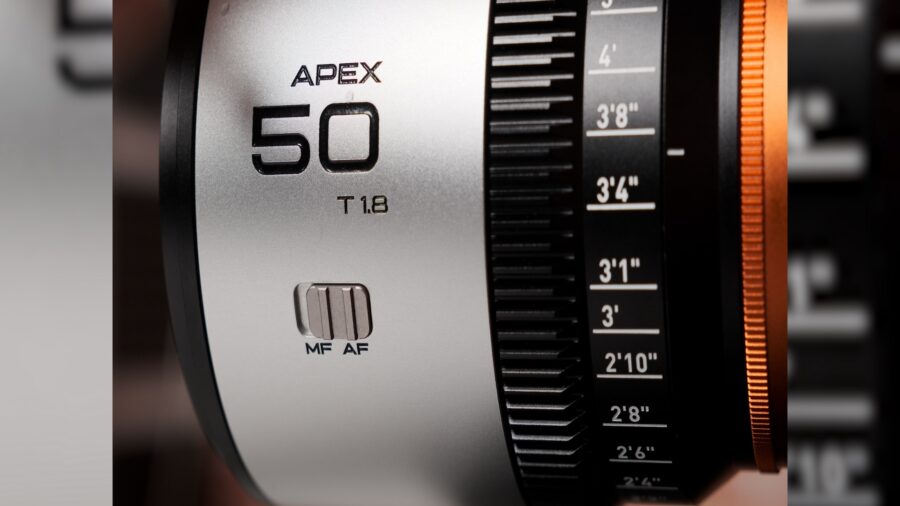
No lens is perfect
Of course, no lens is perfect…but the feedback I have for the BLAZAR APEX anamorphic autofocus lenses is limited to minor points, nothing fundamental or beyond the scope of their current design. I would have loved the AF/MF switch to be reversed, with AF positioned at the front. Why? Just because most AF lenses I’m working with are built that way, so it makes it somehow easier to operate instinctively. Other than that, as many of you guys indicated when we first released the news, many users have been wanting a full-frame autofocus anamorphic lens. Other than that, there is really not much to criticize here. The lens is sharp where it is supposed to be (center), and of course, the more you close it down, the sharper the edges get, too.
All in all, I would like to salute this young company for coming up with a very desirable lens and for closing the gap in terms of “ease of use” between spherical and anamorphic lenses. It is worth noting that the 50mm lens will be released first, and it will come in E-mount. Additional mounts are planned for early next year.
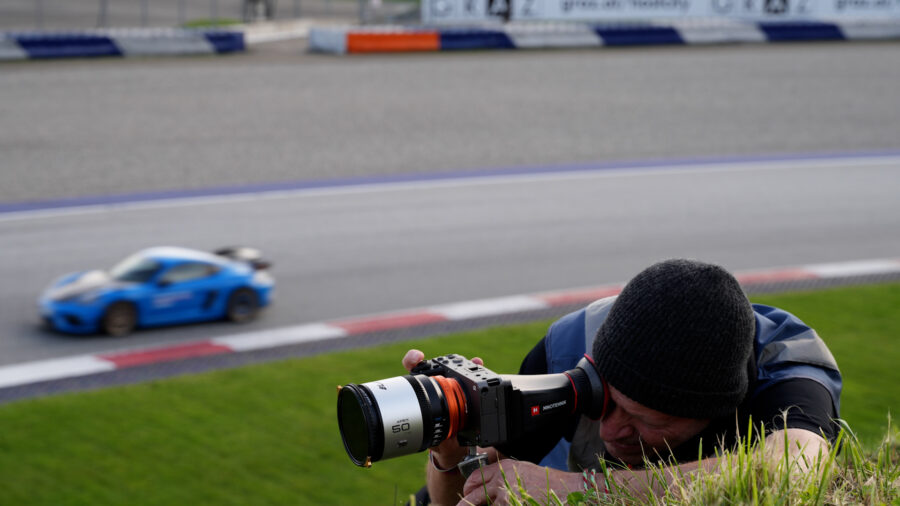
Final notes
For the above sample clips, I used the Sony FX30, BLAZAR APEX 35mm and 50mm. Circular ND filter provided by K&F. Viewfinder: Kinotechnik LCDVF. Please note that this loop comes in various sizes, and it wasn’t easy for me to determine which one would best fit the FX3/FX30. (The one I used was slightly smaller than I would have liked). For additional support, I used the Gitzo Mini Traveler Tabletop tripod. Yes, it is not cheap, but it has become my trusted travel companion for many years now.
The video above was edited using the latest version of Adobe Premiere, with LUTs custom-made using CineD’s LUT builder powered by fylm.ai. You can try it out yourself here.
BLAZAR did well with these anamorphic autofocus lenses, and I applaud them for being innovative and listening to what users want. Oh, and the color to match the Sony mount is a nice touch, too…
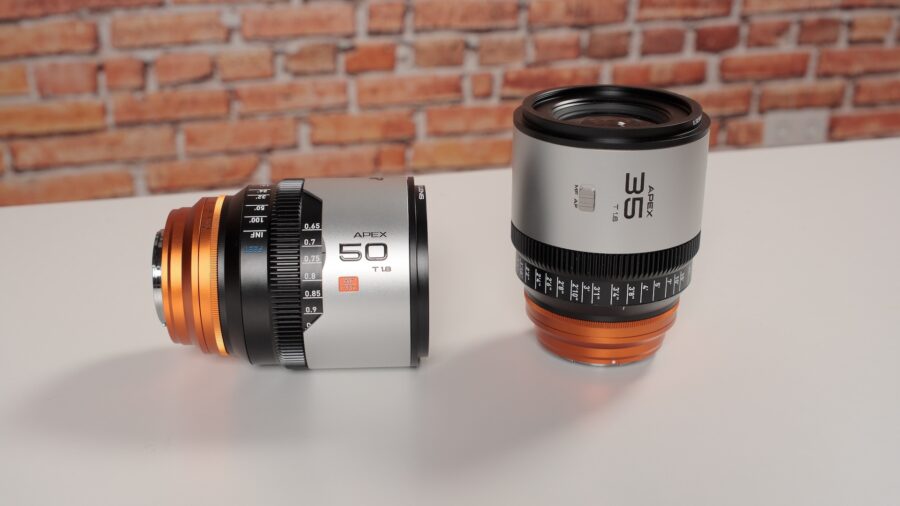
Pricing and availability
The release date of both APEX lenses is not set yet. We will update this review when we get some additional information. Price-wise, the 50mm lens will set you back $799.
What do you think about the release of the first-ever autofocus anamorphic lenses? Do you see this as a breakthrough? And in regards to their look, these lenses have a 1.33x squeeze factor, but in your opinion, do they have a 1.5x squeeze look? Please share your thoughts with us in the comment section below.
